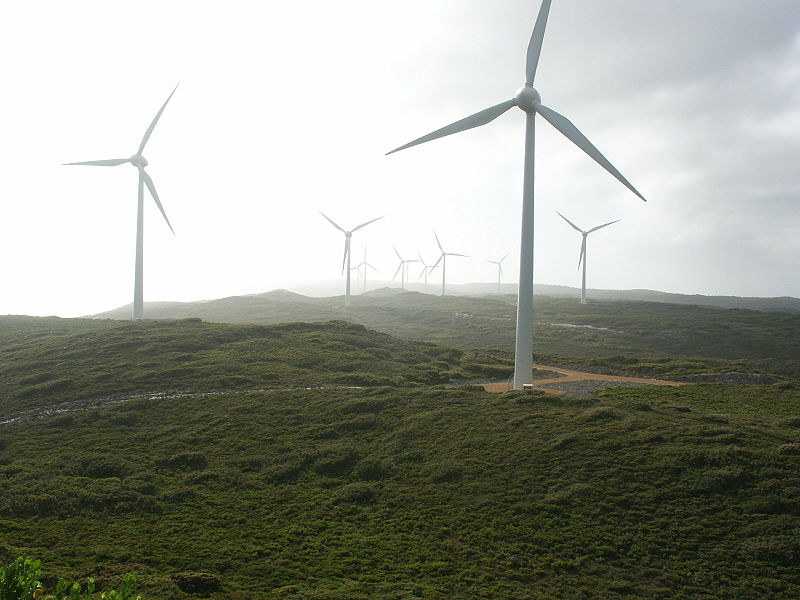
Australia’s Prime Minister, Tony Abbott, doesn’t like wind turbines. He has made dramatic cuts in government subsidies for wind farms, in a move that’s sure to hold back Australia’s renewable energy sector.
Tony Abbott has made it clear where he stands on wind farms, with The Guardian reporting that Abbott called wind turbines noisy and “visually awful” in a recent radio interview. Australia’s government-funded Clean Energy Finance Corporation (CEFC) has been given instruction to cease investment in future wind farm projects. Wind power is Australia’s second-largest source of green energy after hydropower, and eliminating government subsidies for wind projects is likely to hobble the country’s renewable energy industry. CEFC planned to subsidize a 1,200-megawatt wind farm, Kennedy Energy Park in Queensland, but new restrictions on their spending might keep the project from moving forward.
Wind Turbine Health Concerns are Unfounded
Besides hating the noise and “awful” appearance of wind farms, Abbott also believes that Australians may face health risks if they live near turbines. He has committed to appointing a “wind farm commissioner” who will handle noise complaints and publish data on the country’s existing wind turbines. He also plans to establish an independent committee to examine the health impact of wind farms on the environment and human health.
The Australian Government’s National Health and Research Council has already examined how wind farms affect the health of those living near them, and the conclusions published in February 2015 show no consistent evidence that wind turbines cause any adverse effects in humans whatsoever. The Australian Medical Association concurs and has put out its own statement, going so far as to say that “individuals who experience heightened anxiety or diminished health and well-being in the context of local wind farms should seek medical advice.”
Backing off Renewables
Australia is still largely coal-powered. It’s the fifth largest coal producer on the planet, behind China, the United States, India, and Indonesia, and also holds position at the top of the list of global carbon emitters, at 16.9 tons per capita. With so much local material available to run coal power plants, it’s not surprising that only 13% of Australia’s current power production is from renewable sources. Much of that comes from aging hydroelectric installations, with the rest made up of wind and solar power. And that percentage isn’t likely to increase much for a while, especially with the government’s current stance on green energy.
Earlier this summer, the Australian parliament passed legislation cutting the country’s renewable-energy target from 41 thousand GW-hours to 30 thousand: a twenty percent decrease. Abbott’s Labor government argues that the cuts were made in order to reduce the target to a more achievable level and to avoid the carbon penalties associated with missing the goal, but critics argue that investment in the technology is critical to Australia’s future. With other countries like Japan and the US continuing to invest in innovative renewable energy projects, and making renewable energy more accessible to the average resident, Australia risks falling behind in the global push for green.
Via The Guardian
Photo credit: via Wikimedia under Creative Commons Licence